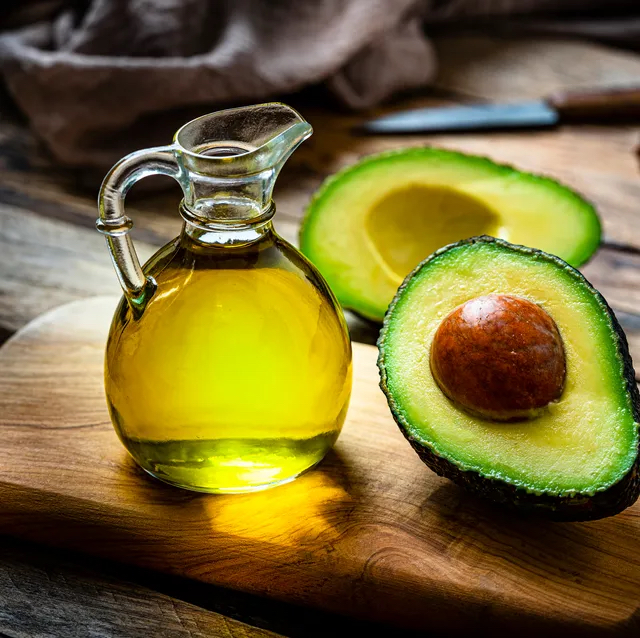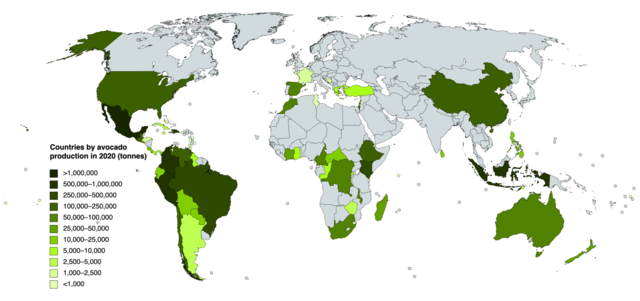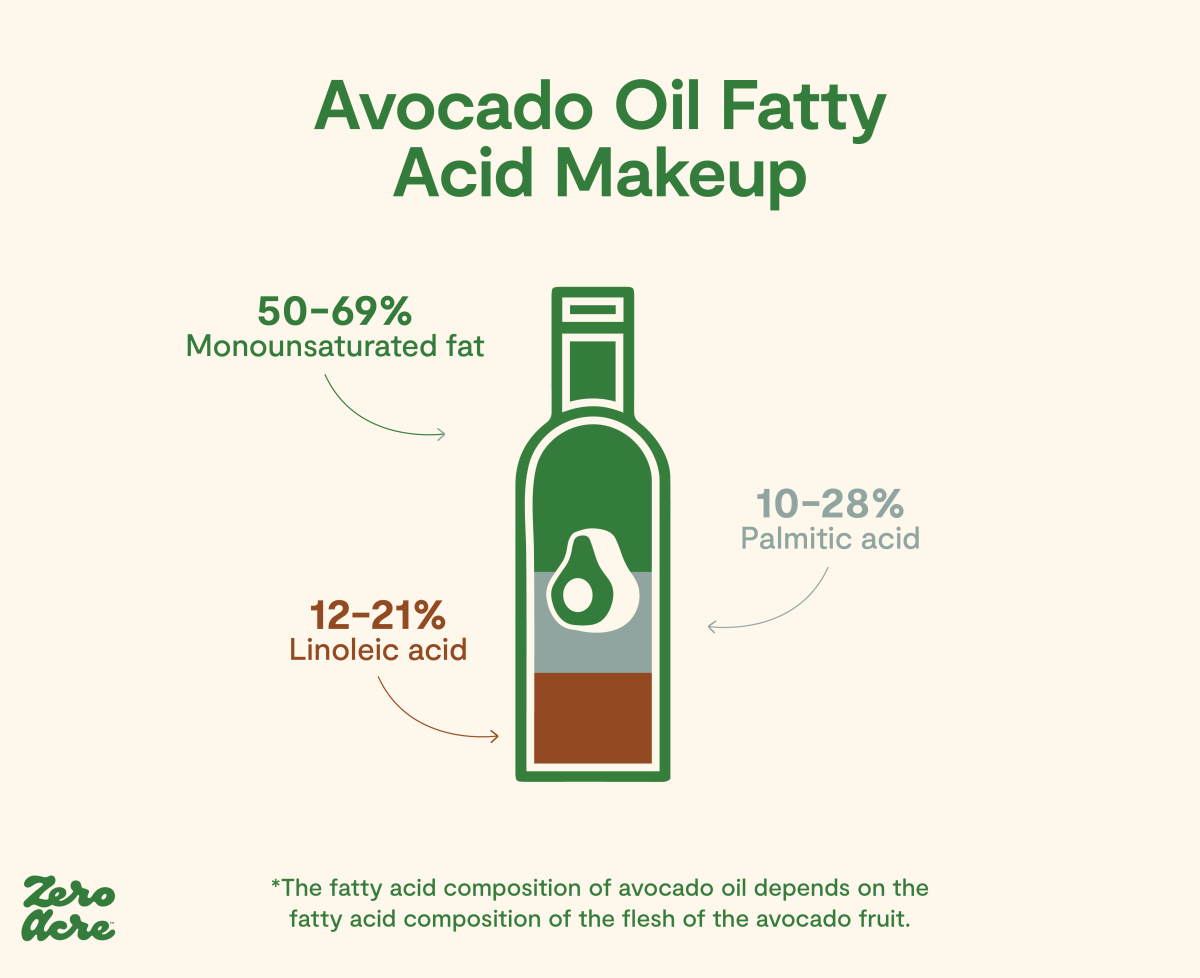
Avocado is a fruit known as Persea americana, which contains a large concentration of minerals (phosphorous/magnesium/potassium) and lipids.1 The avocado tree finds its origins in tropical and/or subtropical climates with the largest producing countries including Dominican Republic, Mexico, Colombia, Peru, and Indonesia.1(381) Furthermore, the avocado industry is predicted to rise at a compound annual growth rate (CAGR) of 7.6% during the period of 2017–2026.1(384) Such growth is due largely from the recognition of avocado oil as a beneficial fat in the human diet. Thus, in the following sections, this author would like to explore the value of avocado oil, types, and benefits of including such an unsaturated fatty acid in the human diet.

Avocado oil can be procured and processed in multiple ways affecting the quality and bioavailability of healthy substances found therein. In the past, avocado oil was largely produced using organic solvents and high temperatures in addition to bleaching, refining, and deodorizing (BRD) processes.1(381) Such combinations of high temperatures and BRD processes were known to severely diminish the heat-sensitive bioactive substances. Currently, avocado oil is processed from healthy and/or medium-quality fruits by implementing mechanical or natural techniques, low temperatures (< 50 °C), while devoid of refining procedures and processing.1(381)

Such production techniques as described in the previous section has enabled the preservation of heat-sensitive bioactive components and fruit pigments, while maintaining natural flavours and aromas.1(381) The newly acquired processing methods have produced an avocado oil known as virgin avocado oil (VAO). The production of high-quality VAO is a relatively recent development, and its demand continues to increase globally.1(381) VAO has been indorsed as a healthy and beneficial oil because of generous levels of monounsaturated fatty acids (one double bond) and significant concentrations of antioxidant vitamins and phytosterols.1(381) The following will cover the same in greater detail.

VAO is characterized by high concentrations of saturated fatty acids (each carbon is surrounded by single bonds), monounsaturated fatty acids (one double bond) and polyunsaturated fatty acids (two or more double bonds).1(384) In terms of relative contributions of said fatty acids, monounsaturated fatty acids equal 65.29–71.31%, saturated fatty acids constitute between 13.41–19.25%, while polyunsaturated fatty acids contribute 11.30–16.41%.1(384) Finally, the main fatty acids found within VAO includes oleic (59.46–67.69%), palmitic (12.79–17.50%) and linoleic (10.50–15.15%) acids.1(384) The following will consider the health benefits of oleic acid in greater detail.
As mentioned in the previous section, VAO contains predominantly oleic acid (18-carbon monounsaturated fatty acid). Oleic acid is highly resistant to oxidation and has the capacity to augment the action of antioxidants and anti-polymerization agents.1(384) Furthermore, larger concentrations of oleic acid is desirable for cooking and domestic applications due to its oxidative stability, and nutrition.1(384) Finally, consistent and protracted use of VAO, that is rich in oleic acid, is likely to be beneficial in maintaining heart health/function and the prevention of cardiovascular disease.1(384)Having outlined the benefits of fatty acids within VAO, the following will consider tocopherol, mineral, and phytosterol contents of the same.

Tocopherols are antioxidants considered effective inhibitors of autocatalytic lipid peroxidation and the production of free radicals; a species within the body, that can induce illness if left unchecked and untreated.1(385) The main tocopherol found amongst VAOs is alpha tocopherol, also known as vitamin E. Other micronutrients found within VAO included minerals such as iron, calcium, magnesium, and selenium.1(385) Finally, VAOs contain beneficial nutrients found including phytosterols; cholesterol-like substances present in plant materials to include avocados. Consumption of such phytosterols at doses between 1.5 and 3 g/day has been shown to reduce low-density lipoprotein cholesterol by approximately 15%.1(385)
In conclusion, VAO contains significant levels of minerals, fatty acids, tocopherols, and phytosterols. Such an aggregate of beneficial nutrients has positioned VAO as an efficacious food to be used in the management of chronic diseases such as hypercholesterolemia, hypertension, diabetes and fatty liver.1(391) Ultimately, implementation of VAO, as part of a larger and more robust lifestyle intervention, is likely to help liberate individuals from disease and illness towards a path of health and longevity.
References
1. Tan CX. Virgin avocado oil: An emerging source of functional fruit. J Funct Foods. 2019;54:381-392. doi:https://doi.org/10.1016/j.jff.2018.12.031.
-Michael McIsaac

